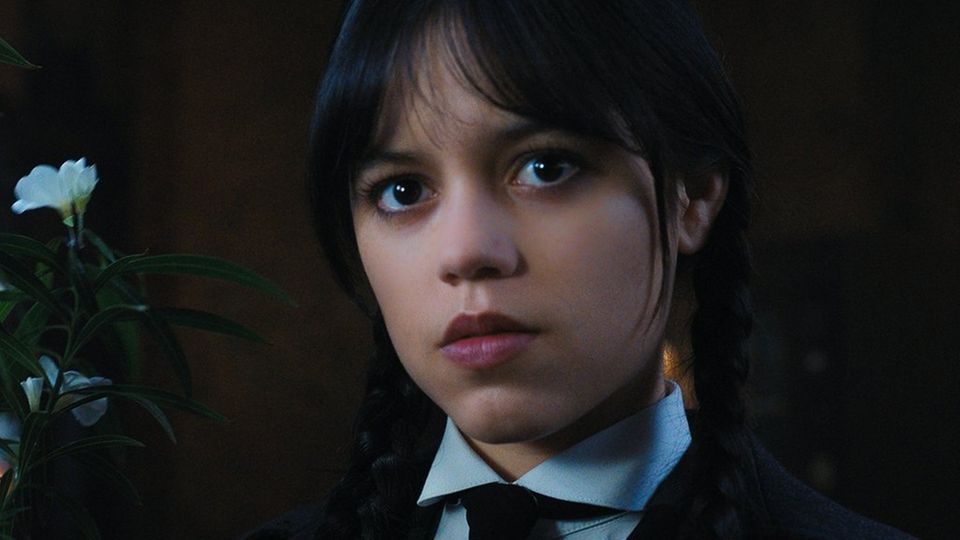streaming
“We can see that it works” – Netflix gains millions of new users thanks to the password lock
Series of the caliber “Squid Game” are attracting new viewers on Netflix. The writers’ strike in the USA could severely slow down new projects.
©Netflix
Netflix’s plan to put a stop to account password sharing came with risk. Now the radical approach actually seems to be turning out to be a success.
Netflix’s crackdown on sharing passwords outside of a household seems to be working so far. The video streaming giant added 5.9 million subscribers in the second quarter. Netflix didn’t say how many of them were previously account free riders who now have their own accounts. But there are more subscription customers and sales in each region than before, emphasized co-boss Greg Peters. “We see that it works.”
Netflix has been going in since the beginning of the summer, among other things Germany, on the other hand, requires users to share an account across a household. Additional money is now due for this – either the co-users pay for their own account, or the previous account owner adds them as an additional member for 4.99 euros a month. This is how much the cheapest subscription with advertisements costs in Germany.
100 million potential Netflix customers to wait for
According to earlier calculations by Netflix, around 100 million used the password from another household. The company is betting that affected users would rather pay than cancel the service. Netflix now had a total of 238.4 million paying customers at the end of the quarter. For the current quarter, Netflix expects an increase in the number of users of a similar magnitude. For some affected users, it could take several quarters to win them over as customers, Peters admitted.
Compared to the same quarter of the previous year, sales increased by 2.7 percent to just under 8.2 billion dollars (around 7.3 billion euros). The bottom line was a profit of $1.49 billion after being in the black at $1.44 billion a year earlier. Investors were not impressed by the quarterly figures and the forecast: the share fell by a good eight percent in after-hours trading. The price had previously risen by more than 60 percent since the beginning of the year.
Writers’ strike threatens supplies
Due to the strike by screenwriters and actors in Hollywood, Netflix will initially spend more free money in the current quarter. So are other streaming services and TV stations in America. But the strike also means a gap in the supply of films and TV series. If the walkout continues into September, “it will be a real problem,” said industry analyst Michael Nathanson on CNBC.
The industry is preparing for it. For example, Paramount wants to fill the gaps in the program of its broadcaster CBS with episodes of the series “Yellowstone”, which is actually a driving force for Netflix’s in-house competitor Paramount+. Netflix, with a large library of movies and series, and production studios spread around the world, is seen in a better position than some of its rivals.
Fierce competition for users
There is fierce competition for users in the video streaming business, especially after more and more players entered the market with their own services: studios like Disney, Warner and Paramount, tech giants like Amazon and Apple. Netflix is one of the providers that want to attract less spending-happy users with a cheaper offer with advertising.
And this approach seems to be working. At Netflix, the number of users of the tariff has almost doubled within three months – albeit from a lower level, it said. Thanks to the advertising revenue, Netflix is already making more sales per user in the advertising subscription than in the ad-free basic version. In the USA, the revenue per user in the advertising model, which costs $6.99 there, even overtook the standard subscription for $15.49. In the first countries, Netflix is also eliminating the basic subscription and apparently hopes to be able to conclude even more potential advertising subscriptions.
BBC ranking
The best series of the 21st century
With the Disney+ streaming service, 40 percent of new customers recently opted for the cheaper version with advertising, as CEO Robert Iger recently said. Netflix now wants to become as attractive as possible for advertisers. Among other things, they can only book advertising space in the ten most popular films and series – which guarantees a wide audience.
An exciting question in the industry is now whether advertising expenditure will flow faster from classic TV to streaming with advertising. Disney boss Iger was recently so skeptical about the future of linear television that he did not rule out getting rid of the group’s own TV stations like ABC in the long term.


